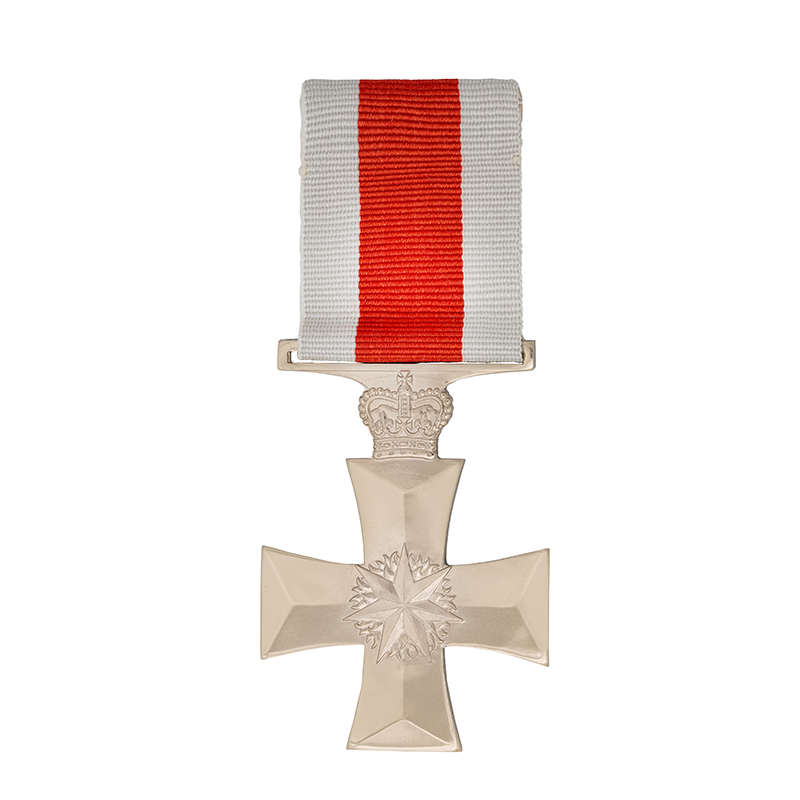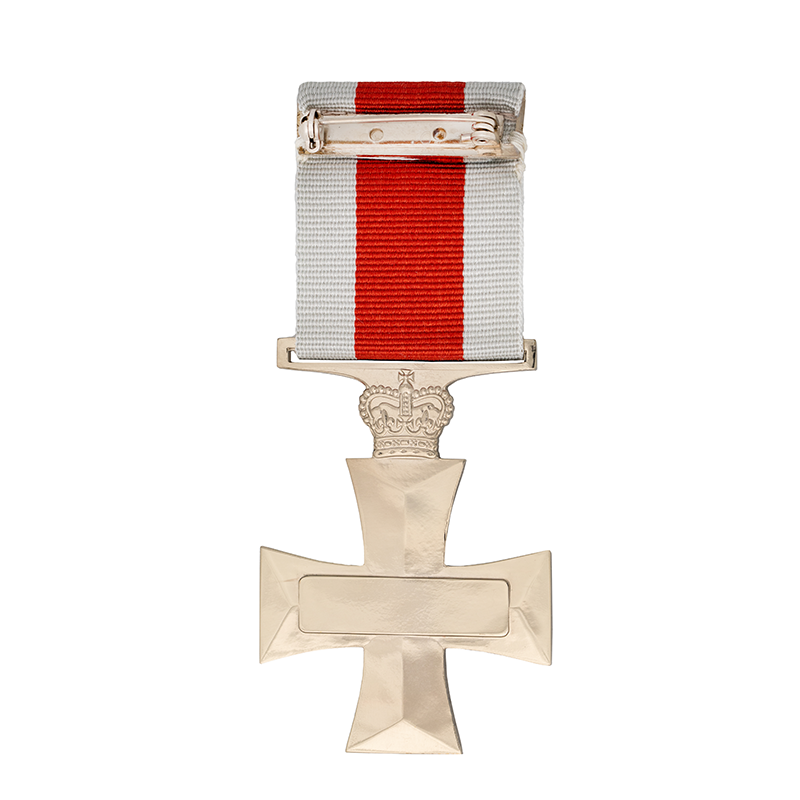The Distinguished Service Cross is the highest distinguished service decoration.
If the same person receives a further Distinguished Service Cross it is in the form of a nickel-silver bar. Recipients are entitled to use the post-nominals of DSC.
Those awarded a bar or bars may also use ‘and Bar’ or ‘and Bars’ after their name.
The Distinguished Service Cross is awarded for distinguished command and leadership in action.


How it is awarded
The Distinguished Service Decorations are awarded by the Governor-General on the recommendation of the Minister for Defence.
Distinguished Service Decorations may be awarded posthumously.
The Distinguished Service Decorations are announced in January and June each year.
History
The Distinguished Service Decorations recognise command and leadership in military action. They are awarded primarily to members of the Australian Defence Forces.
The Distinguished Service Decorations were introduced in 1991 and replaced a number of Imperial decorations.
There are three levels of decoration:
- Distinguished Service Cross (DSC)
- Distinguished Service Medal (DSM)
- Commendation for Distinguished Service.
Medal design
The Distinguished Service Cross is a modified Maltese Cross of nickel-silver ensigned with the Crown of St Edward. The obverse bears a Federation Star surmounted on a disc of flames.
The medal has a nickel-silver suspender bar. The medal ribbon has a central ochre-red stripe flanked by narrower silver-blue stripes.
